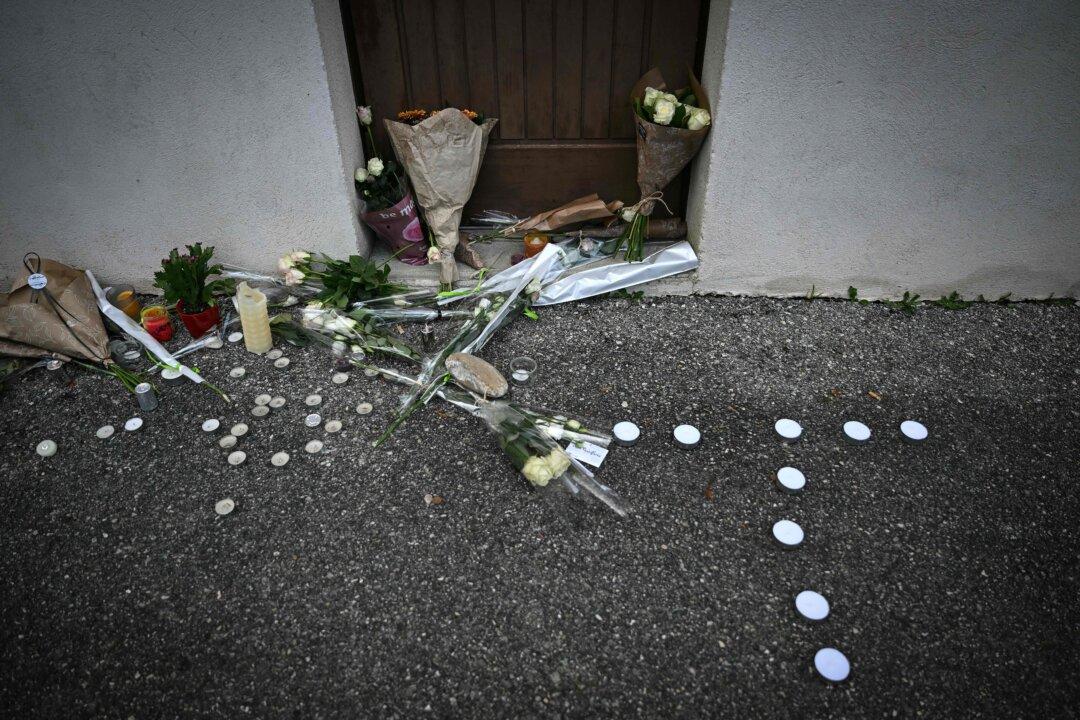Commentary
The murder of a 16-year-old boy at an annual village party in rural France has revealed with stark clarity the tensions that lie near the surface of not only French society but several European countries.

The murder of a 16-year-old boy at an annual village party in rural France has revealed with stark clarity the tensions that lie near the surface of not only French society but several European countries.